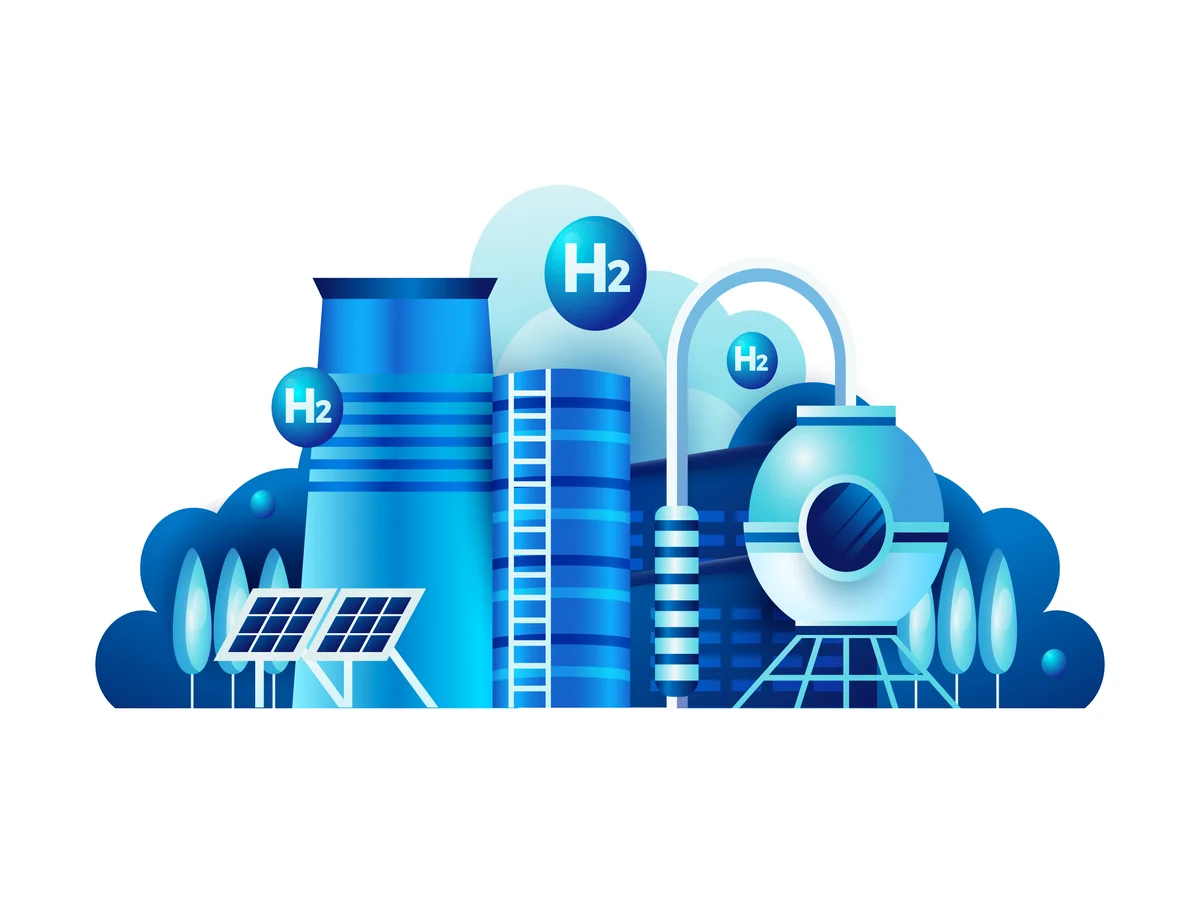MENA’s Low-Carbon Hydrogen Potential Beyond Fossil Fuels: MENA’s Clean Energy

The Middle East and North Africa (MENA) region, known for its abundant oil and gas reserves, is poised to harness its vast potential for low-carbon hydrogen as a transformative clean energy source. As the world pivots towards sustainable alternatives, MENA’s strategic geographical advantage and established energy infrastructure position it as a key player in the global shift towards decarbonization.
The Promise of Low-Carbon Hydrogen in MENA
Low-carbon hydrogen, produced using renewable energy sources or through carbon capture and storage (CCS) technologies, holds immense promise for the MENA region. With its abundance of solar irradiance, ample wind resources, and geothermal potential, MENA possesses ideal conditions for producing green hydrogen at scale. Additionally, coupling hydrogen production with CCS can enable the production of blue hydrogen, offering a viable transitional solution.
Leveraging Renewable Energy for Hydrogen Production
Solar and wind energy, abundant in the region, offer a sustainable pathway for producing green hydrogen. Utilizing electrolysis, these renewable resources can power the splitting of water molecules, generating hydrogen without emitting greenhouse gases. The scalability and decreasing costs of renewable energy technologies further bolster the feasibility of large-scale hydrogen production.
Economic Diversification and Global Market Opportunities
MENA countries have historically relied on fossil fuel exports for economic sustenance. Embracing low-carbon hydrogen presents an opportunity for economic diversification, attracting investments and fostering technological innovation. Moreover, as global demand for clean energy rises, MENA’s position as a potential hydrogen exporter to Europe and Asia strengthens, providing a new avenue for regional economic growth.
Addressing Challenges and Building Infrastructure
While the potential for low-carbon hydrogen is vast, several challenges need addressing. Infrastructure development, including pipelines, storage facilities, and transportation networks, is crucial for enabling the widespread use and export of hydrogen. Investments in research, development, and collaborative ventures are necessary to drive down costs and optimize production processes.
Collaborative Efforts and Policy Support
Collaboration among governments, industries, and international organizations is pivotal in realizing MENA’s hydrogen potential. Joint ventures, technology-sharing agreements, and public-private partnerships can accelerate the deployment of hydrogen technologies. Policy frameworks supporting investments, incentivizing innovation, and establishing regulatory standards will further catalyze the transition towards a hydrogen-based economy.
The Role of Hydrogen in Decarbonizing Industries
Hydrogen’s versatility extends beyond powering vehicles; it has immense potential in decarbonizing industries like steel, chemicals, and heavy manufacturing. By replacing fossil fuels in industrial processes, hydrogen can significantly reduce carbon emissions, contributing to global efforts to combat climate change.
Key Takeaways
MENA’s transition towards low-carbon hydrogen marks a pivotal moment in the region’s energy landscape. Embracing clean energy not only aligns with global sustainability goals but also positions MENA as a leader in clean energy production and export. By capitalizing on its renewable resources and fostering innovation, MENA can spearhead the global shift towards a more sustainable and decarbonized future.


